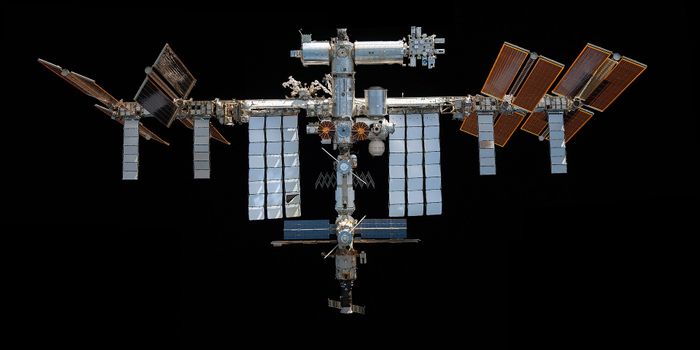NASA's InSight Lander Deploys Marsquake Detection Instrument
NASA’s InSight lander touched down on the Martian surface less than a month ago, and it’s already gearing up for scientific data collection and analysis.
In an official statement released by NASA last week, we learn that the American space agency sent commands to InSight on Tuesday, December 18th to activate its robotic arm and place its SEIS (Seismic Experiment for Interior Structure) instrument five feet away on the ground. The lander reportedly acted on these commands the very next day.
Image Credit: NASA/JPL-Caltech
One of InSight’s onboard cameras captured the image above after the robotic arm placed the copper-colored SEIS instrument in the Martian soil. At the top, you can see the claw that the robotic arm used to hoist the SEIS instrument and place it down on the ground.
As you probably gathered already from the name, InSight’s SEIS instrument is a seismometer, and it will help planetary scientists better understand Mars’ formation.
"Seismometer deployment is as important as landing InSight on Mars," explained InSight Principal Investigator Bruce Banerdt at NASA’s Jet Propulsion Laboratory. "The seismometer is the highest-priority instrument on InSight: We need it in order to complete about three-quarters of our science objectives."
Related: NASA's learning more about InSight's landing site post-landing
The seismometer’s primary objective is to help planetary scientists study the red planet’s internal motions and vibrations, known as ‘marsquakes.’ As it would seem, these tiny movements can speak for Mars’ internal structure.
As each of the movements transpires, each layer of the planet responds differently, giving scientists data that can be used to discern each layer’s composition and depth, among other things. With data of this nature, scientists can speculate more accurately about Mars’ past.
"Having the seismometer on the ground is like holding a phone up to your ear," added Philippe Lognonné, the SEIS principal investigator. "We're thrilled that we're now in the best position to listen to all the seismic waves from below Mars' surface and from its deep interior."
Related: Listen to the sound of Martian wind, captured with NASA's InSight lander
With the most stressful part of the maneuver over with, NASA engineers will soon move forward with leveling attempts to eliminate the 2-3-degree tilt that the seismometer exhibits. Afterward, engineers will place the Wind and Thermal Shield over the instrument to prevent any unwanted interference from soiling its data before it reaches scientists on Earth.
"We look forward to popping some Champagne when we start to get data from InSight's seismometer on the ground," Banerdt concluded. "I have a bottle ready for the occasion."
It will undoubtedly be interesting to see what we’ll learn from InSight’s SEIS instrument, especially considering just how many questions the mission seeks to answer.
Source: NASA









